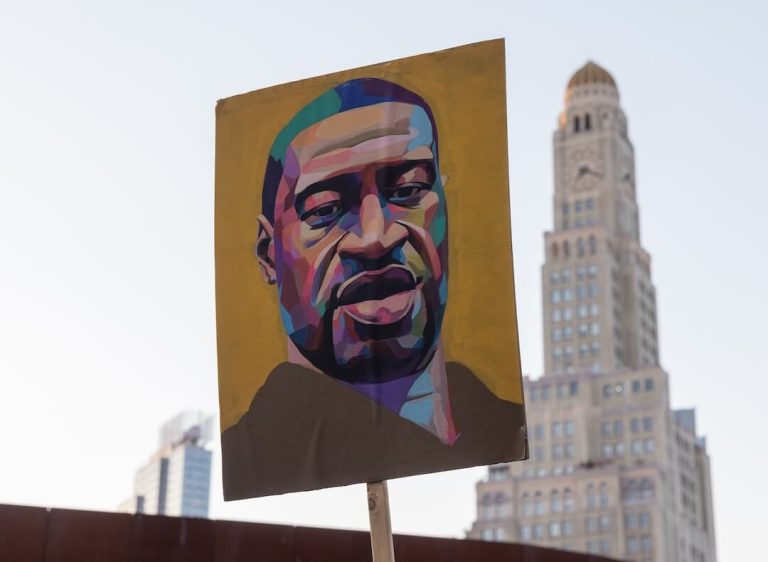The Persistent Falsehood of George Floyd’s Overdose: A Deep Dive into Misinformation and Systemic Racism
Five years have passed since the tragic death of George Floyd under the knee of former Minneapolis police officer Derek Chauvin, a horrifying event captured on video that ignited global protests against police brutality and systemic racism. Despite overwhelming evidence, including two autopsy reports classifying Floyd’s death as a homicide, a persistent and damaging narrative emerged claiming Floyd died of a drug overdose, absolving Chauvin of responsibility. This false narrative, fueled by political opportunism and amplified by social media algorithms, continues to circulate five years later, demonstrating the insidious nature of misinformation and its intersection with deep-seated racial biases.
The deliberate propagation of this falsehood began shortly after Floyd’s death, gaining traction on conservative blogs and amplified by prominent figures like Candace Owens and Tucker Carlson. This misinformation campaign served to undermine the legitimacy of the Black Lives Matter movement and divert attention from the undeniable police brutality that ended Floyd’s life. Despite Chauvin’s conviction on multiple charges, including murder, and a subsequent Justice Department investigation revealing a pattern of civil rights violations within the Minneapolis Police Department, the overdose narrative persisted, demonstrating its resilience and the effectiveness of misinformation tactics.
The resurgence of the overdose narrative, particularly surrounding key moments like the trials of other officers involved and the release of Owens’ film, highlights the strategic use of misinformation to manipulate public perception and sow discord. The narrative’s persistence is not accidental; it serves a specific purpose for those who seek to discredit the racial justice movement and maintain the status quo. By portraying Floyd as a victim of his own drug use rather than police brutality, the narrative seeks to diminish his humanity, justify his death, and ultimately absolve the system that enabled it.
Experts in misinformation and social movements point to a confluence of factors contributing to the longevity of this false narrative. Systemic racism, deeply embedded within societal structures and individual biases, creates fertile ground for narratives that criminalize Black individuals and question their worthiness of justice. The quick spread of misinformation online, exacerbated by algorithms prioritizing engagement over accuracy, allows false claims to rapidly reach vast audiences, effectively bypassing traditional fact-checking mechanisms.
Moreover, the financial incentives inherent in online platforms often reward creators who generate controversial and inflammatory content. This dynamic incentivizes bad-faith actors to perpetuate harmful narratives like the Floyd overdose theory, further entrenching these falsehoods in the public consciousness. The limited character counts and fast-paced nature of social media platforms also contribute to the issue, hindering nuanced discussion and allowing simplistic, often misleading, narratives to dominate.
The case of George Floyd exemplifies the dangers of misinformation in a polarized society grappling with complex issues of race and justice. The persistent falsehood of a drug overdose not only obscures the truth about his death but also serves as a powerful tool to undermine the movement for racial justice. Understanding the mechanisms by which this misinformation spreads and the societal biases it exploits is crucial to combating its harmful effects and ensuring a more just and equitable future. The fight against systemic racism must include a concerted effort to dismantle the infrastructure of misinformation that perpetuates harmful narratives and obstructs meaningful progress.


